Today I was watching Matt Coleville’s latest video (even as a GM of 15 years I still find them really helpful) and he mentioned that he prefers to answer any questions the players have about the world through NPCs. In fact, he finds it annoying when the players end up in situations where they have a lot of questions but he didn’t arrange for any cooperative NPCs to be around to ask. As a GM running a game, you really are the only channel through which the players can perceive and experience the world around their characters. Trying to trick the players into making mistakes based on false assumption is both trivial and cheap. There is nothing clever about it since the players can only know anything based on what you tell them and how to tell them.
Even when you have no intention to trick the players that can still be a problem. Unless the group is particularly screwed up, most players will always take their GMs by their word. Otherwise you can’t really effectively play. But very often you want the players to doubt what seems true and speculate about what’s really going on. That’s a major part of giving the players agency, which I consider the primary goal of anything a GM does. But it’s often not easy to clearly distinguish between what the characters actually see, what the characters know about their world, what the players have heard about the world, and what the GM declares to be factually true about the world. And having the questions of the players answered by an NPC is indeed a really wonderful method to clearly distinguish between what the characters have heard and what the GM is explaining to the players. Even when it’s something that is common knowledge in the setting and should be known to the PCs, having an NPC deliver an answer might often be preferable to telling the players what their characters already know. It establishes that whatever answer you give them comes from an in-universe source whose reliability the players have to judge for themselves. Very neat little trick, I think.
But always having a GM controlled sage around to interrupt the players when you think they are making errors would be a terrible idea. There are no such things as DMPCs. It’s a terrible practice that greatly interferes with the players’ agency. Because as I said, the GM is implicitly trusted unconditionally and when you have a guy following their characters everywhere and mention helpful things to them or provide assistance, it sends the clear message that you think the players are playing the adventure wrong.
But the last two weeks or so I have been rethinking my position about retainers. Named NPCs with some kind of personality who are servants of a specific player character and accompany the party on adventures and gain experience (As opposed to faceless mercenaries and laborers.) Who actually controls these NPCs has always been left largely open to interpretation. I personally think that they should be controlled in combat by the player who brought them in the first place, since the GM is already controlling enough combatants who are working against the PCs. They are also great in situations where it becomes narratively practical to split the party and one or two PCs would be gone for a good while. The players could either play a retainer for the while or perhaps a retainer could take care of the errand off screen.
But at other times it might be more practical when the GM plays a retainer so they don’t simply become a second PC for the player. And any time the players have a question about the world would be a perfect situation for this. What do the inscriptions in the Cave of Caerbannog say? Brother Maynard might know. Is there a way to disable the tractor beam? Ask R2-D2. Not only are retainers great to explain things the characters should already know, they can also provide helpful information on things the PCs would be very unlikely to know. I find that a much more elegant solution than making an Intelligence check or putting points into a Knowledge skill. It also provides a good reason why players would want to take an NPC they meet as a retainer and why the party should attempt to get a diverse team with various different backgrounds that don’t directly translate to additional firepower. The five Skullcrusher Brothers and Reverend Healbot don’t really add anything to the game that some magic items couldn’t do as well.

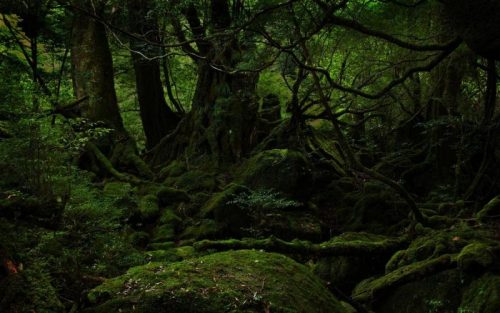
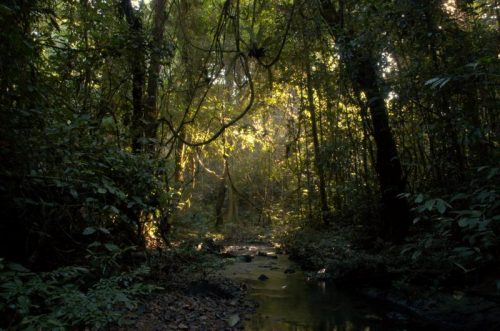
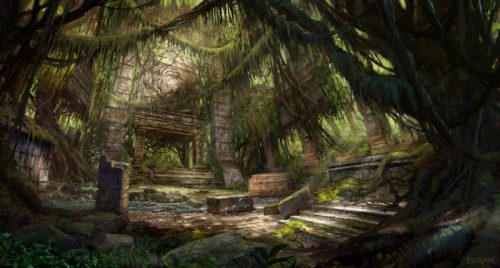

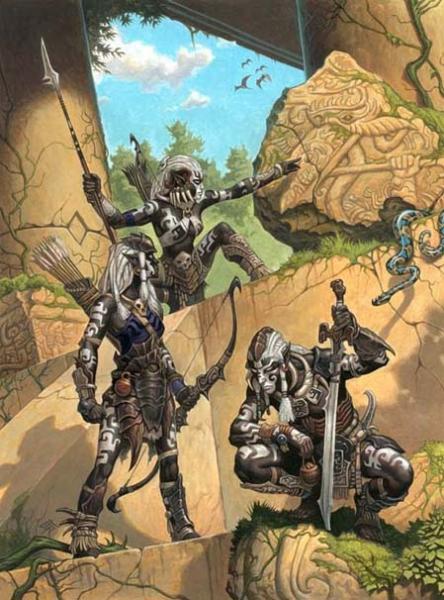
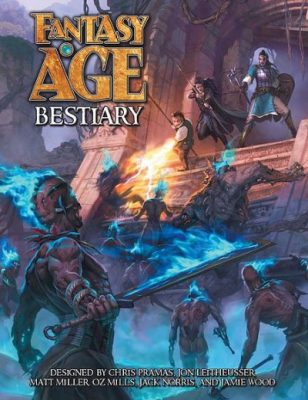 The big downside that immediately stands out is that there are only about 60 creatures in the book and the majority of them are pretty generic stuff that you find in every D&D Monster Manual 1. On the other hand, every creature has a full double page of description, which is more than I’ve ever seen in any other monster book. The description consists of a basic summary of the creature, usually a few paragraphs on making special customized versions of them, and three plot hooks as ideas how the creature can be used in play. This is something that I very much approve of. Unfortunately most of the creatures are not really interesting at all and so it all ends up being pretty uninspiring.
The big downside that immediately stands out is that there are only about 60 creatures in the book and the majority of them are pretty generic stuff that you find in every D&D Monster Manual 1. On the other hand, every creature has a full double page of description, which is more than I’ve ever seen in any other monster book. The description consists of a basic summary of the creature, usually a few paragraphs on making special customized versions of them, and three plot hooks as ideas how the creature can be used in play. This is something that I very much approve of. Unfortunately most of the creatures are not really interesting at all and so it all ends up being pretty uninspiring.